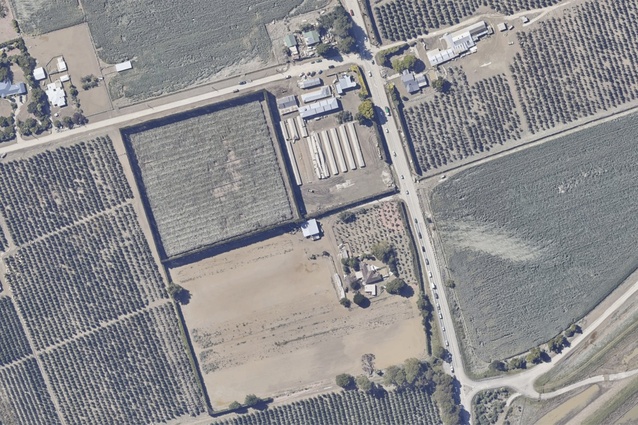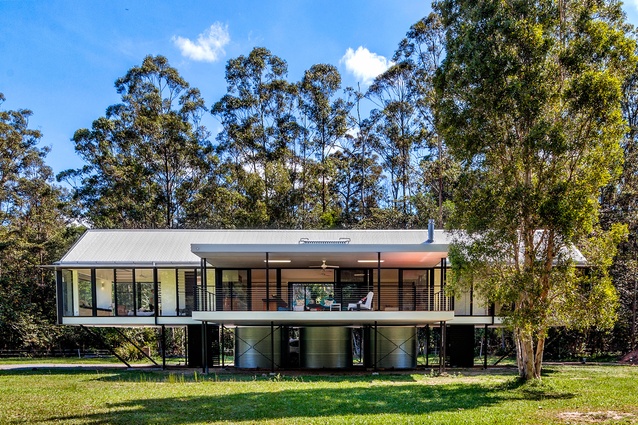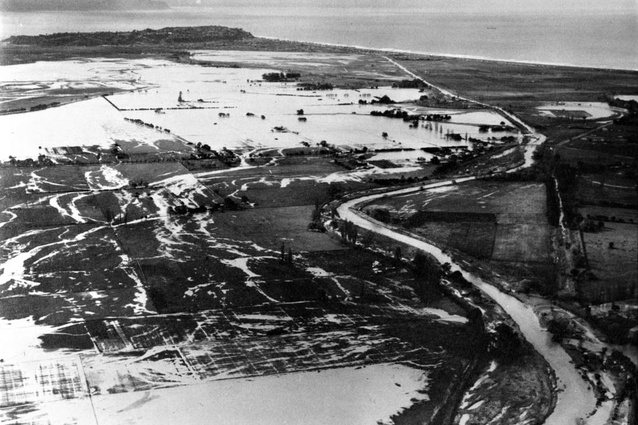Guy Marriage on building for climate change
Opinion: Hawkes Bay is a wonderful region full of orchards and vineyards bursting with fruity vitality and life, sitting on a rich silt-laden flood plain where three rivers flow from the mountains to the sea. Māori have known this for centuries, calling the junction of these rivers with the sea “the dwelling place of the eel”, and scorning anyone foolish enough to want to live here at the edge of the swamp.
The Tutaekuri, Ngaruroro and Tukituki rivers used to flow into a vast inland sea, the Ahuriri lagoon, that stretched from the Poraiti hills to the base of Mataruahou island, now Bluff Hill, in Napier. The 1931 earthquake tilted the land and raised the Ahuriri lagoon by over 2m, so instead of the rivers discharging into the former lagoon, they lazily flicked their tails — as rivers are inclined to do — and breached the long shingle foreshore.
There is a fourth river, the Esk — not as long as its neighbours — with a large, hilly catchment before it eventually pours out into the Esk Valley. The railway passes through here, but does not go very far, while State Highway 5 to Taupō travels through the same spot. Usually, the Esk is a delightfully quiet, lazy backwater, with some great swimming holes, as all the locals know. They also know that at times the Esk misbehaves, and they have survived many floods before.
“Within Pākehā memory, there have been major floods on the Heretaunga Plains in 1847, 1867, 1897, 1911, 1924, 1933, 1935, 1938, 1949, 1959, 1961, 1963, 1967… the list goes on.”
Some officials, including the Prime Minister, seem to think the recent flooding was unprecedented, but it has happened before.
Within Pākehā memory, there have been major floods on the Heretaunga Plains in 1847, 1867, 1897, 1911, 1924, 1933, 1935, 1938, 1949, 1959, 1961, 1963, 1967… the list goes on. Major civil works were undertaken in the 1930s and the 1960s to redirect the rivers, but in flood conditions, rivers switch back to their ancient paths to the sea the shortest way, despite what we have put in their path.
It was just a slight warming many thousands of kilometres away in the Coral Sea that caused Cyclone Gabrielle to dump an extraordinary amount of water on the land in a short period of time. While the rainfall was extensive and the damage was severe, it was not unprecedented: the 1938 floods wreaked havoc in Esk Valley, bringing a 2m-3m thick blanket of silt down over the valley. When humans get in the way, the bridges and road networks simply get washed away.
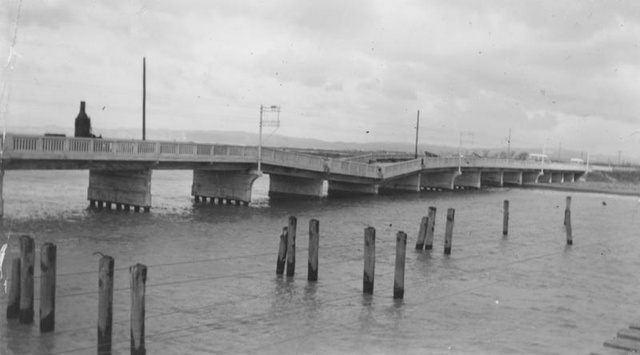
When we rebuild, we must build the roads and bridges higher than they were before, or plan different solutions. Should we be building bridges with opening sections so that flood waters can escape without causing catastrophic damage? Should we be building suspension bridges, rather than beam structures that get snagged by ever higher floodwaters? Should river bridges arch upwards rather than running completely flat?
Now is the time for imaginative thinking.
Certainly nobody should be rebuilding the same house as before in the Esk Valley, as some insurance companies are suggesting, with a concrete slab laid at ground level. Ban the stupidity of placing concrete slabs on grade in floodplains. The houses that survived in the Esk floods this time also survived the Esk floods last time, for the same reasons as before — siting the house on a rise, not on the valley floor. Any new or replacement dwellings should go on the Esk Valley’s hillside, or on posts so that the ‘ground’ floor level stands well above the valley floor.
“Nobody should be rebuilding the same house as before in the Esk Valley, as some insurance companies are suggesting. Ban the stupidity of placing concrete slabs on grade in floodplains.”

A raised platform on a series of slim concrete walls aligned to the direction of the river’s flow, 2m-3m tall, will allow water to freely flow beneath the house and provide a good place to park the car in the meantime (your car is replaceable, but you are not). Services can be reconnected after events, and your house stays dry. I live by these rules, safe, warm and dry, in a plywood house raised up 2m high on timber piles, designed to be well clear of raging torrents nearby. When you talk to an architect early on, before you even get an engineer involved, you ensure good simple design decisions about siting are made before any details are drawn about rebuilding
The earthquake and tsunami in Japan in 2012 showed how resistant a simple concrete frame can be to the flow of water, with what we call ‘friable’ infrastructure able to be washed away while the main structure remains in situ without damage. Concrete block or reinforced concrete ground floor walls provide a flood-resistant solution to housing needs. Plan ahead with an eye for future events, but look back at the past to see where those ancient storm channels lie.
“Construction made from chipboard should be rejected because of its ability to perform like Weetbix and soak up water and deform. …And once your floor has gone, then the whole house is condemned. ”
The use of a mere 10mm of plasterboard to brace a light timber framed house is fraught with danger, because once wet, it loses all strength. The wet plasterboard needs to be removed and thrown away, leaving the house unbraced and in danger of collapse until replaced. But building with 12mm treated plywood as the wall bracing provides a far more durable long-term solution.
Upstand concrete block walls for the lower part of the wall will greatly add to flood resistance in new builds. Furniture and construction made from chipboard should be rejected because of its ability to perform like Weetbix and soak up water and deform. Houses built with low-quality chipboard floors are just asking for trouble. And once your floor has gone, then the whole house is in effect condemned.
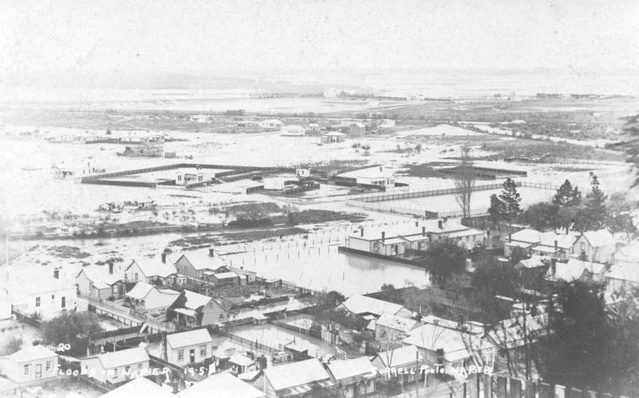
As a country, we can do better than this.
Councils need to be a lot stronger about planning for climate change and the inevitable sea-level rise. Allowing new subdivisions at sea level, as is happening in Napier in Te Awa and Prebensen Drive, is foolish. It is only 92 years since this land was underwater. Napier’s low-lying blocks rely on a series of pumping stations working day and night, which can fail when there is a power cut.
Land currently zoned for large lifestyle blocks in the Poraiti Hills is a much better choice for living in the future. Inland, the hill country between Hawkes Bay and Gisborne has suffered thousands and thousands of slips, with the soil slumping, the thin layer of soil lost and silt sliding out to sea. The time has come to mandate the withdrawal of this land from production of meat or dairy and instead replant it, permanently, with native forest — the only way to stop future slips on such a scale.
“The time for medium-density housing is here, all over Aotearoa, where we need to be building taller, on smaller sections with no side yards, carefully arrayed around communal green courtyard spaces.”
Radiata pine forests need to be differently managed so they are selectively felled, not clear felled, and the forestry companies need to be tasked to manage their own slash problem, instead of passing it onto the next person downstream. They make all the profits — they can pay all the costs too. Time to think different, and think cleverer, instead of the same old dumb, failed ways of tackling problems.

In Hastings, council need to place firm boundaries around the city and say, “No more sprawl”.
The building of endless suburbs of single-family homes and endless kilometres of asphalt culs-de-sac has had its day.
The time for medium-density housing is here, all over Aotearoa, where we need to be building taller, on smaller sections with no side yards, carefully arrayed around communal green courtyard spaces. Architects and developers will need to plan and construct these to not just meet but exceed the current building codes.
“In Hastings, council need firm boundaries around the city and say, “No more sprawl”. The building of endless suburbs of single-family homes and endless kilometres of asphalt culs-de-sac has had its day.”
Kainga Ora is actually leading the way here with high-quality, medium-density housing projects, constructed to a far higher and more durable standard than previous generations of housing. New systems of building, including ‘passive house’ standards, cross-laminated-timber construction and higher quality of insulation will all go towards ending our obsession with building poorly performing housing as cheaply as possible. Think different and build different to survive and thrive.
Guy Marriage is a registered architect, an Te Kāhui Whaihanga New Zealand Institute of Architects Fellow, a lecturer in construction, and the author of Medium, a guidebook to creating better medium density housing, available at www.mediumdensity.nz.
This article was first published by Newsroom on 7 March 2023, [updated March 9, 2023]. It has been republished here from a later article published by Te Kāhui Whaihanga.
Disclaimer: Some of the images used in this article are not owned by us. We have made every effort to identify and credit the original source of the images. However, if you are the owner of an image that we have used without permission or attribution, please contact us so that we can either remove the image or credit it to you. We appreciate your help in ensuring that our website respects the rights of all copyright holders.

